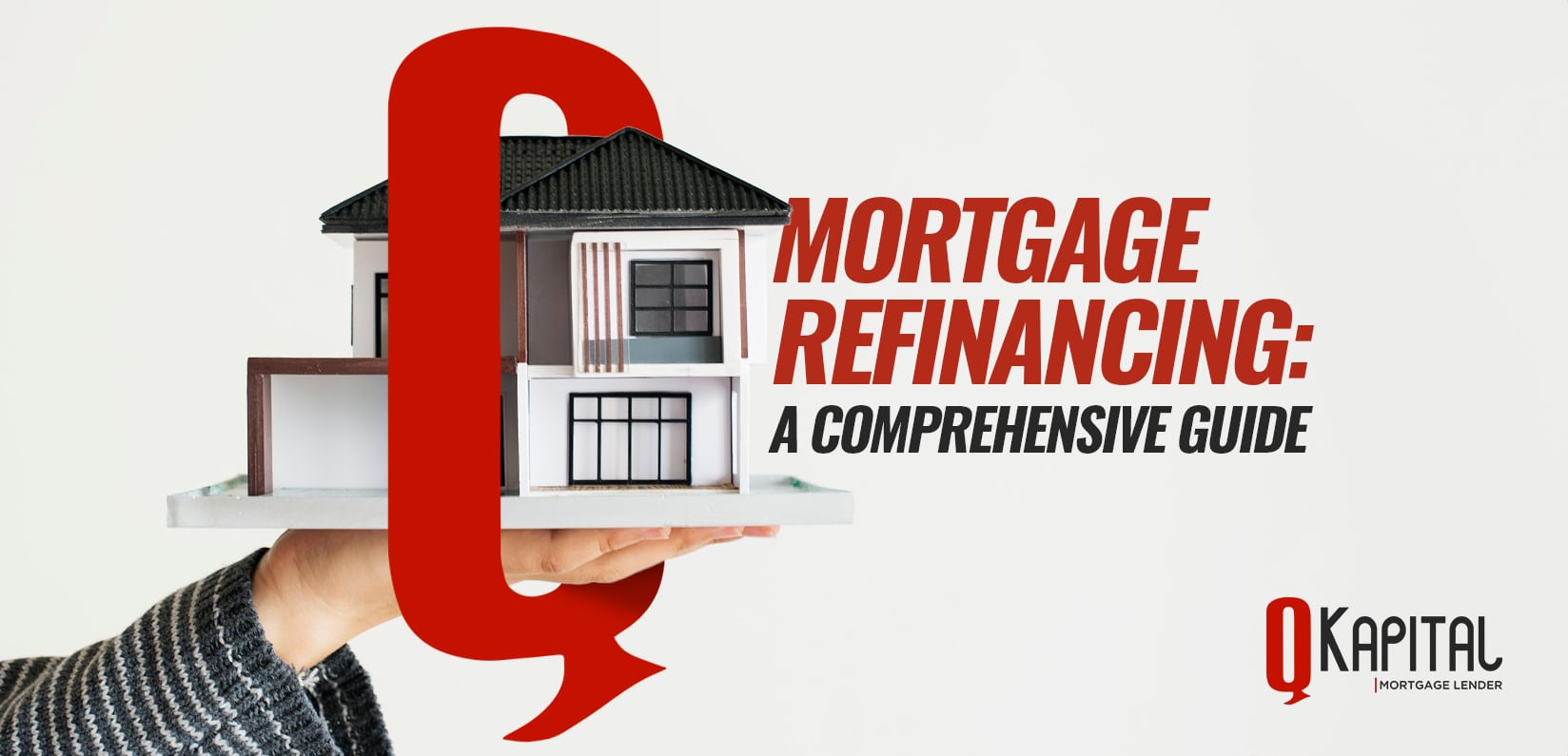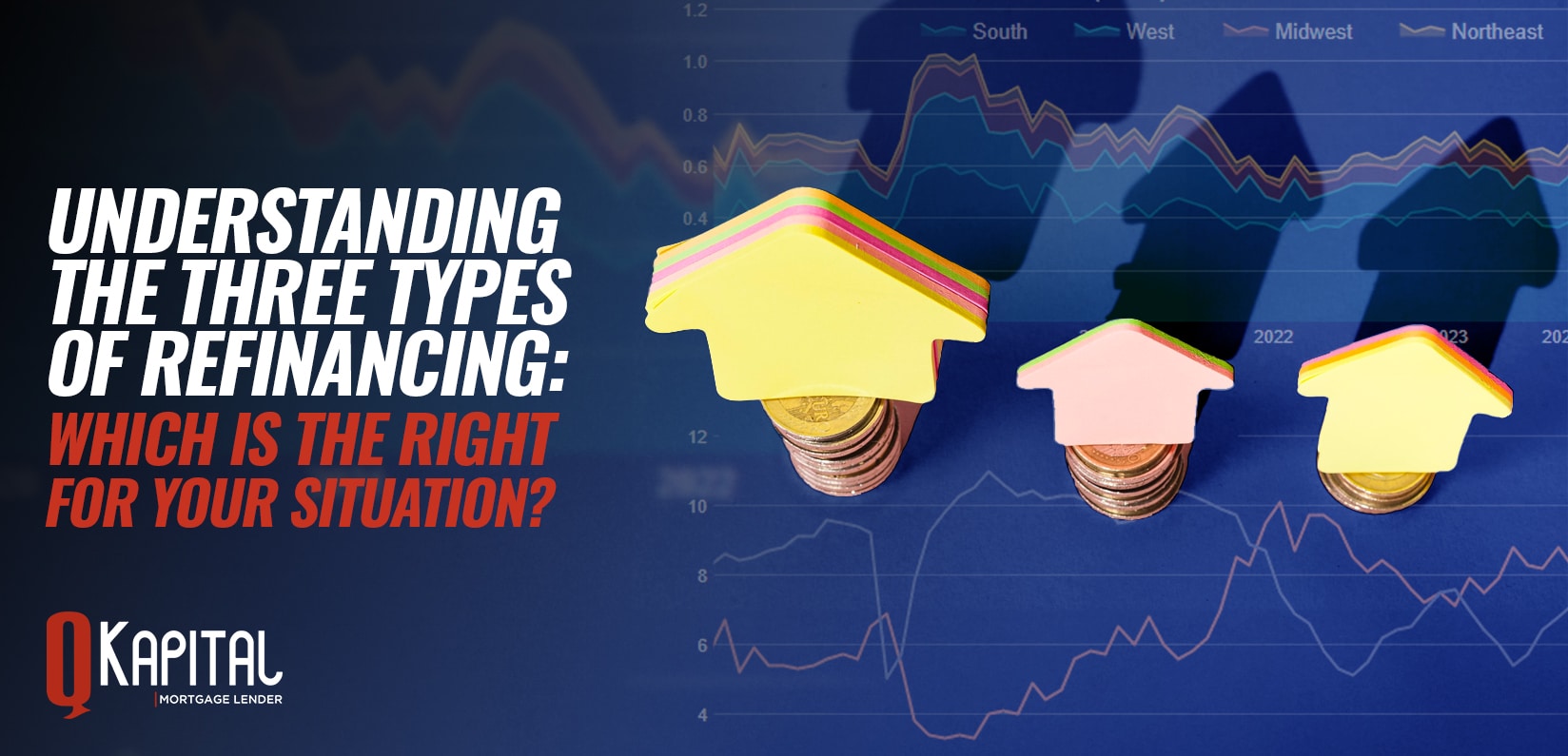Estimated reading time 14 min 21 sec.
Mortgage refinancing is a strategic financial tool that can benefit both homeowners and investors in various ways. In this comprehensive guide, we delve into everything you need to know about mortgage refinancing and when it should be used. Drawing insights from experts like Erik J. Martin and Natalie Campisi, we aim to provide a thorough understanding of this important aspect of real estate finance.
Table of Contents
Understanding Mortgage Refinancing
Mortgage refinancing is essentially replacing an existing mortgage with a new loan, often to take advantage of better interest rates, adjust the loan term, or tap into home equity. Martin provides a comprehensive overview of what mortgage refinancing entails.
Exploring Different Types of Refinancing
There are several types of mortgage refinancing options available to homeowners and investors. Each type serves different financial goals and considerations. Let’s take a closer look at these options:
Rate-and-Term Refinance:
This type of refinancing is focused on adjusting the interest rate and/or the loan term without significantly changing the loan amount. It’s commonly used to secure a lower interest rate or switch from an adjustable-rate mortgage (ARM) to a fixed-rate mortgage for more stability.
Cash-Out Refinance:
With a cash-out refinance, homeowners can tap into their home equity by borrowing more than the outstanding mortgage balance. The excess amount is received as cash, which can be used for various purposes such as home improvements, debt consolidation, or investments.
Debt Consolidation Refinance:
This type of refinance involves combining multiple debts, such as credit card balances or personal loans, into a single mortgage loan. By consolidating debts, borrowers can potentially lower their overall interest rate and simplify their monthly payments.
FHA Streamline Refinance:
Designed for FHA-insured mortgages, the FHA streamline refinance allows borrowers to refinance without a full credit check or income verification. This streamlined process aims to lower monthly payments or convert an ARM to a fixed-rate loan.
VA Interest Rate Reduction Refinance Loan (IRRRL):
Exclusively available to eligible veterans and service members with VA loans, the IRRRL program allows for refinancing without a new appraisal or extensive paperwork. Its primary purpose is to reduce the interest rate on an existing VA loan.
Key Steps in the Refinancing Process
The mortgage refinancing process involves several key steps that borrowers should be aware of. Here’s a detailed breakdown of these steps:
Assess Financial Goals:
Before diving into refinancing, it’s crucial to define clear financial goals. Whether it’s reducing monthly payments, accessing home equity, or shortening the loan term, understanding your objectives sets the direction for the refinancing process.
Review Credit Profile:
Lenders consider credit scores and histories when evaluating refinance applications. Borrowers should review their credit reports, address any discrepancies or issues, and work on improving their credit scores if necessary.
Gather Documentation:
Similar to the initial mortgage process, refinancing requires gathering essential documentation such as income verification, tax returns, bank statements, and property-related documents. Organizing these documents ahead of time streamlines the application process.
Shop for Lenders:
Comparing offers from multiple lenders is crucial to secure competitive terms and rates. Consider factors like interest rates, closing costs, loan terms, and lender reputation when evaluating refinance options.
Get Prequalified or Preapproved:
Prequalification or preapproval gives borrowers an estimate of how much they can borrow and the interest rate they qualify for. This information helps in making informed decisions and expediting the final loan approval process.
Schedule Home Appraisal:
In most cases, lenders require a home appraisal to determine the property’s current market value. The appraisal plays a role in loan approval and helps determine the loan-to-value (LTV) ratio.
Review Loan Estimates:
Once lenders provide loan estimates, carefully review the details including interest rates, closing costs, monthly payments, and any potential fees or conditions. Compare these estimates to choose the most favorable offer.
Finalize Loan Approval:
After selecting a lender and accepting the loan terms, the refinancing process moves toward final approval. This stage involves underwriting, where lenders verify the borrower’s financial information and property details.
Closing and Funding:
Upon loan approval, borrowers proceed to the closing stage. During closing, documents are signed, funds are disbursed, and the new loan replaces the existing mortgage. Borrowers should review all closing documents carefully before signing.
Post-Closing Follow-Up:
After refinancing, it’s essential to stay updated on the new loan terms, payment schedules, and any post-closing requirements. Maintain communication with the lender and address any concerns or questions promptly.
Optimizing Refinancing Decisions
Refinancing decisions should be approached strategically to maximize benefits and savings. Campisi offers valuable insights into optimizing refinancing decisions:
Timing Considerations:
Timing plays a crucial role in refinancing decisions. Monitoring market trends and interest rate movements can help borrowers lock in favorable rates and save on interest costs over the loan term.
Improving Credit Scores:
A higher credit score often translates to better loan terms and lower interest rates. Borrowers can improve their credit scores by paying bills on time, reducing debt-to-income ratios, and addressing any credit report errors.
Negotiating Fees and Costs:
Refinance applicants can negotiate certain fees and costs with lenders to reduce closing expenses. Requesting fee waivers or exploring lender incentives can lead to significant savings during refinancing.
Considering Alternative Lenders:
Beyond traditional banks, alternative lenders such as credit unions, online lenders, and mortgage brokers offer refinancing options. Comparing offers from diverse lenders expands the potential for finding competitive rates and terms.
Benefits of Mortgage Refinancing for Homeowners
Mortgage refinancing offers several benefits to homeowners, including:
Lower Monthly Payments:
Refinancing to a lower interest rate can reduce monthly mortgage payments, providing financial relief and increased cash flow.
Access to Home Equity:
Cash-out refinancing allows homeowners to access their home equity for major expenses such as home renovations, education costs, or debt consolidation.
Debt Consolidation:
By combining high-interest debts into a single mortgage payment, homeowners can simplify their finances and potentially save on interest costs.
Shorten Loan Term:
Refinancing from a longer-term mortgage to a shorter-term loan can help homeowners build equity faster and pay off their mortgage sooner.
Adjust Loan Terms:
Refinancing offers flexibility to adjust loan terms, switch between fixed and adjustable rates, or remove private mortgage insurance (PMI) for eligible borrowers.
Strategies for Maximizing Refinancing Savings
To maximize savings and benefits from refinancing, consider the following strategies:
Market Timing:
Monitor interest rate trends and economic indicators to identify optimal times for refinancing when rates are favorable.
Credit Improvement:
Work on improving credit scores before refinancing to qualify for lower interest rates and better loan terms.
Fee Negotiation:
Negotiate with lenders to reduce or waive certain fees, such as origination fees or closing costs, to lower overall expenses.
Comparing Offers:
Obtain quotes from multiple lenders and compare offers based on interest rates, loan terms, closing costs, and overall savings.
Consider Alternatives:
Explore alternative lenders, mortgage programs, and government-backed loans to find competitive rates and flexible terms.
Navigating Potential Challenges in Refinancing
While mortgage refinancing offers significant benefits, it’s important to be aware of potential challenges and how to navigate them:
Appraisal Discrepancies:
Variations in property appraisals can impact loan-to-value ratios and loan approval. Address appraisal discrepancies with the lender or consider seeking a second appraisal if needed.
Loan Approval Hurdles:
Changes in financial circumstances or credit profiles can affect loan approval. Stay proactive in providing requested documentation and addressing any concerns raised by the lender.
Unexpected Costs:
Factor in all closing costs, fees, and potential expenses associated with refinancing. Be prepared for unexpected costs and ensure they align with your overall financial goals.
Interest Rate Volatility:
Fluctuations in interest rates can impact the cost-effectiveness of refinancing. Consider locking in rates or exploring rate protection options to mitigate risks.
Loan Servicing Transition:
In cases of refinancing with a new lender, anticipate a transition period for loan servicing. Stay informed about payment schedules, account access, and any changes in loan terms.
Mortgage refinancing remains a dynamic and beneficial tool for achieving various financial goals, whether securing a lower interest rate, accessing home equity, or optimizing loan terms. By leveraging expert insights, strategic considerations, and proactive approaches, individuals can make informed refinancing decisions that align with their long-term financial objectives.
FAQs About Mortgage Refinancing
What does it cost to refinance a mortgage?
Refinancing costs typically include origination fees, appraisal fees, title insurance fees, and more. The total closing costs can range from 2% to 6% of the loan amount.
Is a second mortgage the same as refinancing?
No, a second mortgage is a separate loan taken against the equity in a property, whereas refinancing involves replacing the original mortgage with a new loan.
Can you reduce your monthly payment without refinancing?
It’s possible to lower monthly payments through loan modification or restructuring payment plans with the existing lender, without going through the full refinancing process.
How soon after closing can I refinance?
The timing for refinancing after closing depends on factors like loan type, lender requirements, and any waiting periods stipulated in the loan agreement.
Source: Martin, Erik J. Mortgage refinance: What is it and how does it work? | Bankrate.com. Mar 25, 2024.
Campisi, Natalie. When Should You Refinance a Home? | Forbes.com. Jun 24, 2022


















